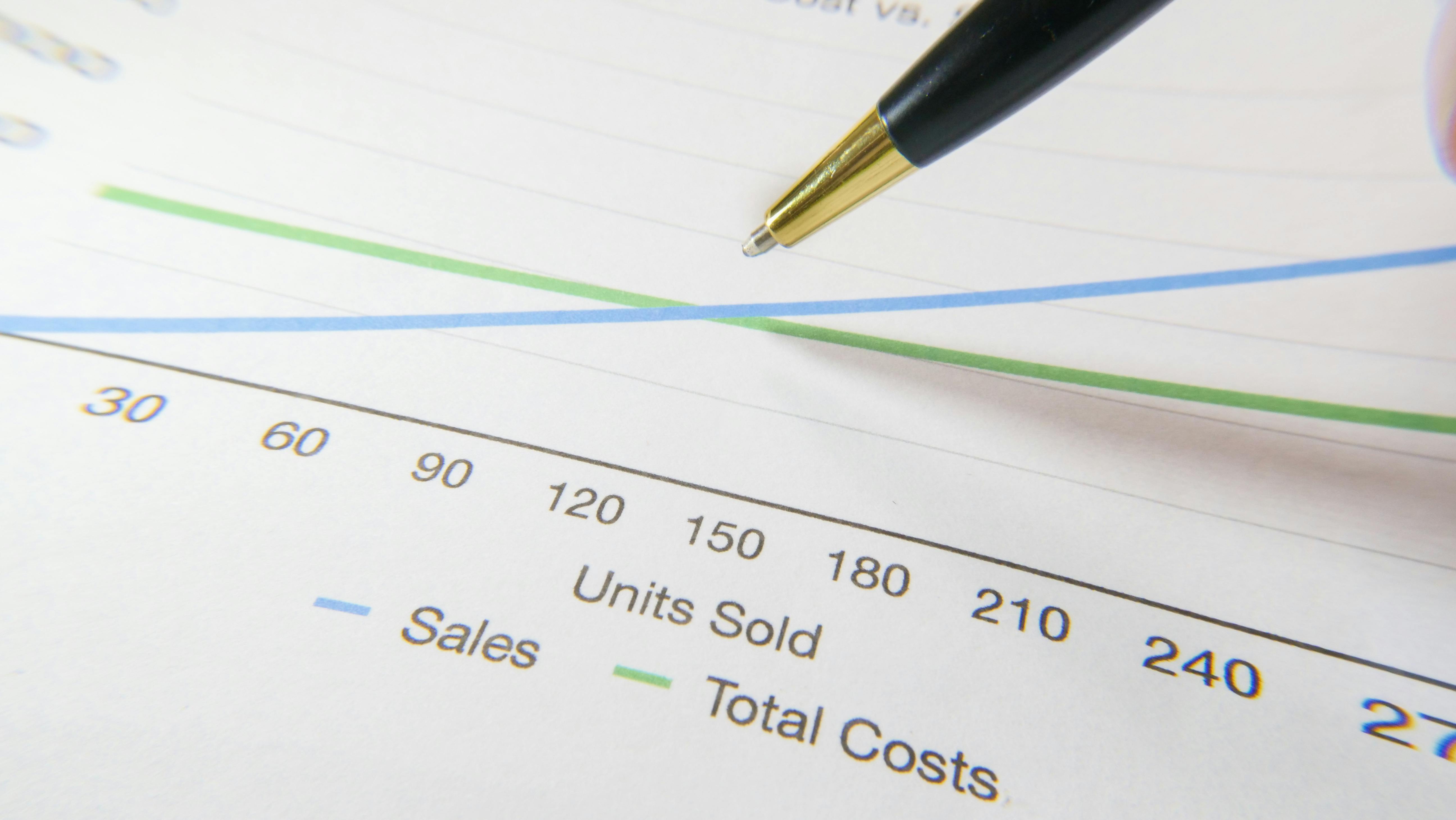When you're running a business, you're not just trading time for money like an employee. You're taking on risk, responsibility, and the hope of building something that generates profit beyond your wage and eventually has resale value. That’s why forecasting with profit as a non-negotiable target — treating it like a fixed cost — is a smart and strategic move.
Let’s break down your example and the logic behind it:
2025 Profit & Loss Summary
Sales $4,000,000
Cost of sales $2,800,000
Gross profit $1,200,000 30%
Direct Costs
(including your wage
$250,000) $1,000,000
Net Profit $200,000
- Gross Profit Margin = 30% → meaning for every $1 in sales, you retain $0.30 after cost of sales.
- Direct Costs include your wage ($250,000) and other operating expenses.
2026 Forecasting Strategy
You aim for a net profit of $500,000. If your gross margin and direct costs remain constant, you can reverse-engineer your required sales:
Step 1: Total Required Gross Profit
To cover direct costs and your desired profit:
- Direct Costs = $1,000,000
- Desired Profit = $500,000
- Required Gross Profit = $1,500,000
Step 2: Apply Gross Margin
With a 30% margin:
- Required Sales = $1,500,000 / 0.30 = $5,000,000
Why This Approach Works
- Treating profit as a fixed cost forces discipline in pricing, cost control, and sales targets.
- It ensures you're not just “buying yourself a job” — you're building a business that pays you and grows in value.
- It helps you set realistic goals and measure performance against meaningful benchmarks.
If you would like to discuss further, please contact us:
McNamara & Company - Chartered Accountants, located minutes from the Melbourne CBD
www.mcnamaraandco.au/contact-us
Phone +61 3 9428 1062
Email admin@mcnamaraandco.au
Please refer to disclaimer at the bottom of the page.


